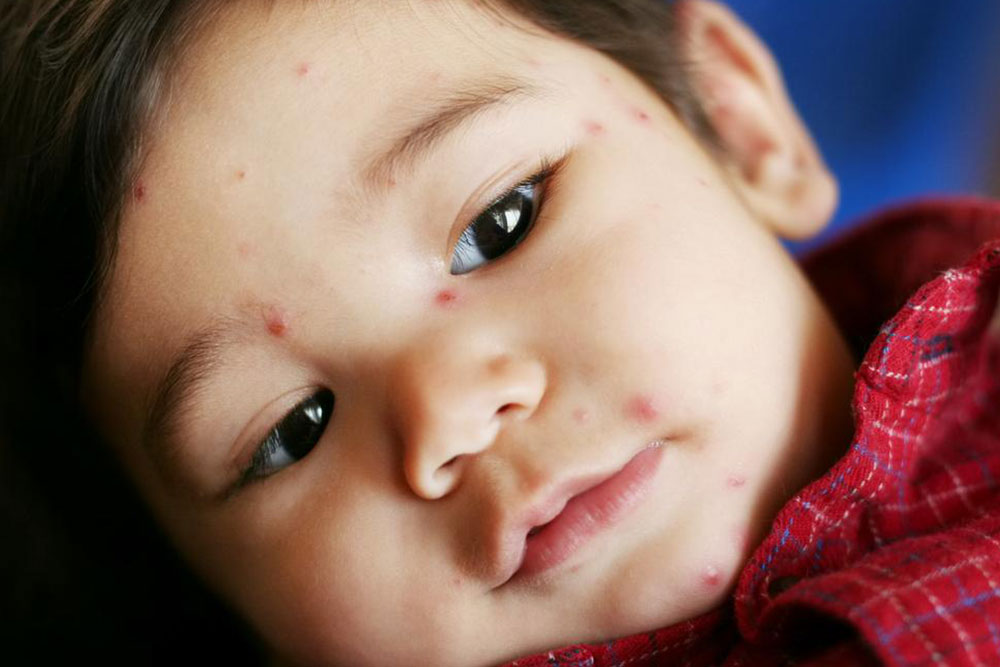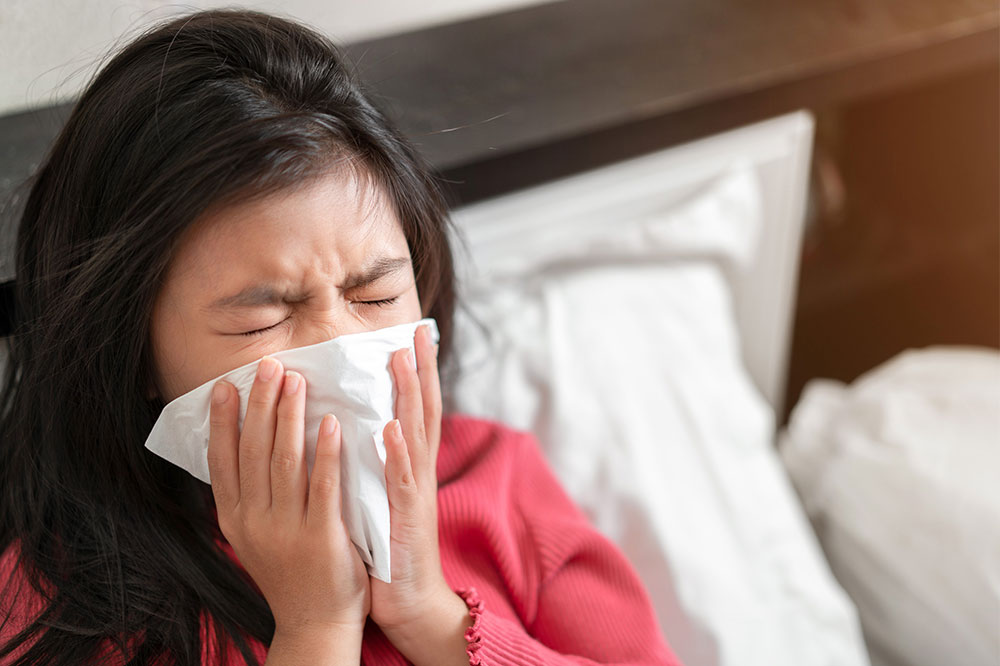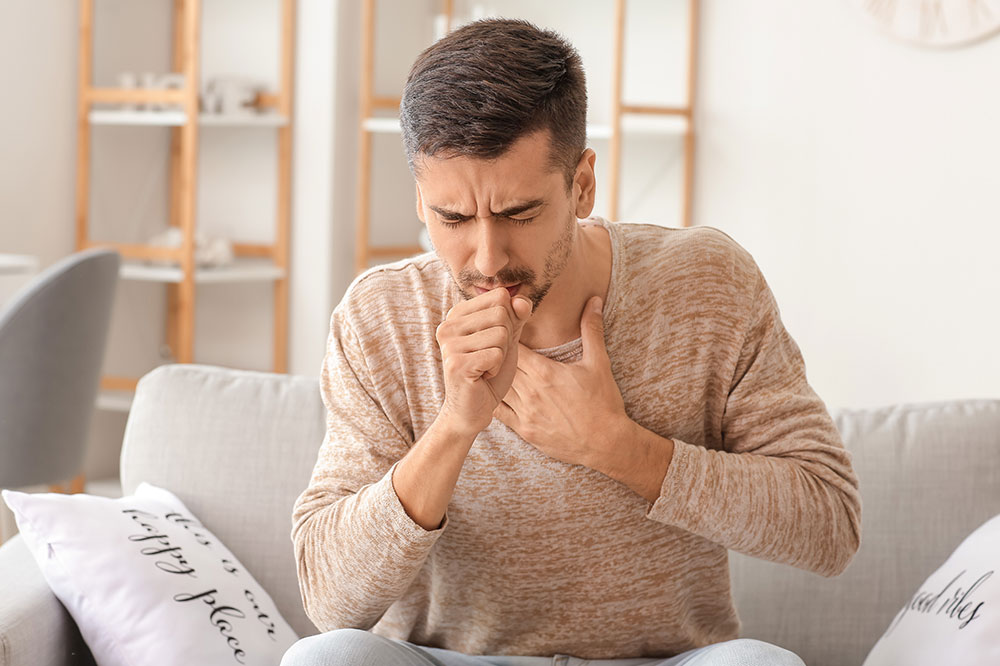Recognizing the Key Symptoms of Chickenpox Early
This article outlines the early signs and symptoms of chickenpox, including skin rashes, fever, nausea, and fatigue. It highlights the contagious nature of the virus, its primary impact on children, and prevention through vaccination. Recognizing these symptoms promptly can help in early diagnosis and management, reducing complications and spread.

Recognizing the Key Symptoms of Chickenpox Early
Chickenpox is caused by the herpes varicella-zoster virus. After recovery, the virus stays inactive in the body but can reactivate later as shingles. Having chickenpox once usually confers lifelong immunity, making reinfection rare. It primarily affects children and can be prevented through vaccination during early childhood.
The disease spreads easily through coughs, sneezes, and contact with contaminated bedding or clothing.
The most noticeable sign is skin rashes and blisters that cover the body. Symptoms usually appear 10 to 21 days after infection, varying from mild to severe. Early indications include:
Before rash development, individuals may feel generally unwell, sensitive to light, and experience low-grade fever, especially more intense in adults.
One or two days prior to rashes, symptoms like nausea, headaches, decreased appetite, muscle soreness, and fatigue may occur.
Reddish or pink spots emerge across the body, often itchy, which can resemble insect bites. Online chickenpox images can help identify these marks.
These spots transform into blisters filled with pus, surrounded by redness. The skin around becomes itchy and dry. The blisters often break within a day or two, forming crusts and scabs that take days to heal.
New spots may appear in different areas, progressing through breaking, crusting, and healing stages over approximately two weeks. Online images detail these phases clearly.
Note:
Our blog covers diverse topics providing useful insights. While we aim for accuracy, readers should consult healthcare professionals for diagnosis and treatment advice. The website disclaims responsibility for discrepancies or omitted information, and highlights that some schemes or offers may not be covered.










